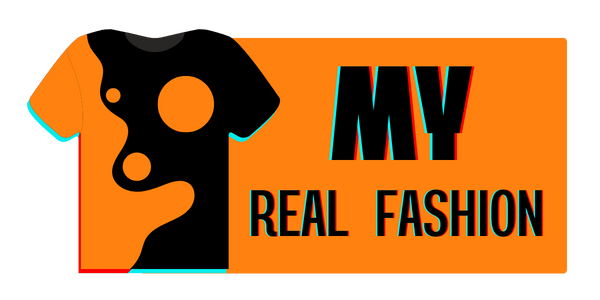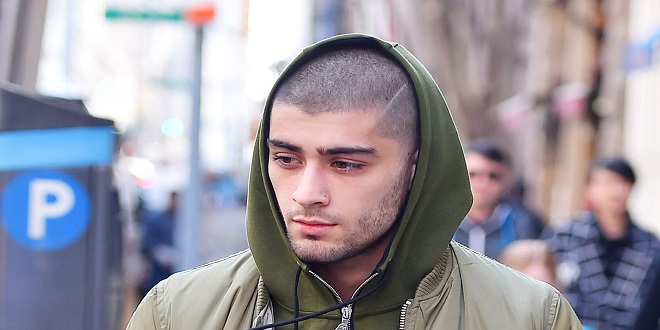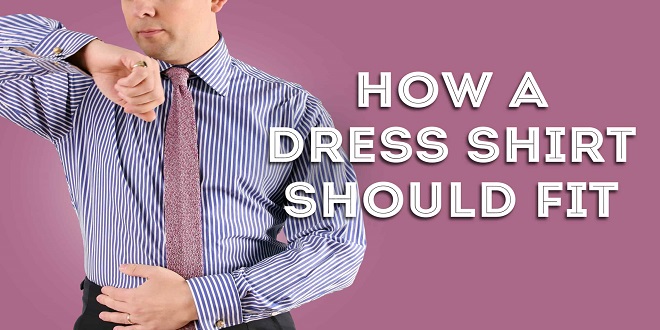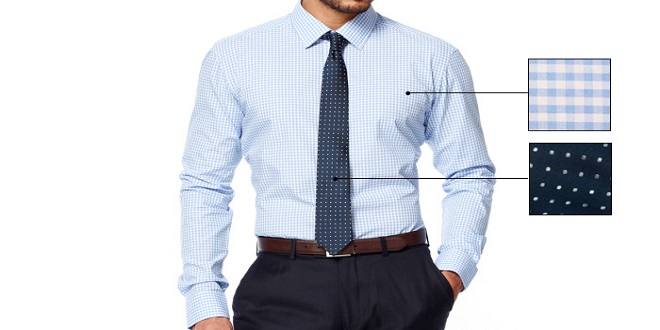How to Wear A Suit Without a Tie

We are now at 3,500+ articles deep in our archives, so we have decided to republish classic pieces every Friday to help new readers find some of the most timeless gems from the past. This article was first published December 2017.
For years, men have complained about tie-making. They can feel hot and binding, and they can also seem strange and pointless.
Is it okay to wear a suit with no tie if you are a man who doesn’t like ties? You can look professional and stylish while still looking smart.
These questions will be answered today by us.
Join Blooket to engage your students with fun and interactive learning. This guide will help you get started quickly and easily.
Do You Need a Tie to Wear a Suit?
Most often, the answer is no.
A complete traditional suit outfit — including the pants, jacket and shirt as well as tie, is not an independent system. It’s a collection of interconnected pieces that can be worn together. You shouldn’t wear a suit jacket with any other pants than the one it came with. Without a jacket, a dress shirt and tie look terrible. A complete suit is incomplete without a tie. The tie is a key feature of the suit. Its lapels and collars serve as frames for the neckwear that runs down the middle of your chest.
Tie makes a suited look more professional and gives it a certain authority. It also adds color and visual interest in an otherwise monochrome outfit.
For professional events, as well as formal occasions and settings, a tie and a suit are essential. You will look dopey if you show up to an event without a tie.
Even for business-casual events, if you are able to ditch the tie and wear a suit, you will be more comfortable wearing a sport jacket without a tie. These two styles complement each other better.
All this said, a suit worn without a tie is not a bad idea. Sometimes you don’t want your suit to be too formal or show authority. In these cases, a tie is not necessary. This is a good option for events and occasions such as a casual outdoor wedding (hotter weather makes the tieless suit more acceptable), cocktail party, or opening of an art gallery. You can use it in situations where you don’t normally wear a suit, but are called to an emergency meeting or sent out into the field to complete a project that is not permitted. It is notable that politicians are avoiding wearing ties at formal events. Perhaps this is to make it more accessible to constituents and voters.
You don’t have to be a professional to achieve the look.
How to wear a suit without a tie
It’s easy to forget to tie your tie when you are wearing a suit. This can be interpreted as either an intentional omission (you forgot to tie it or don’t know the dress code) or as a comfort-driven decision (you’ve had too much to drink and feel like you need to take off your tie so you can get on the dance floor).
This issue can be corrected by taking steps to make going tieless seem less like a casual oversight and more like an intentional style decision. You’re a professional at dressing, so you don’t need to tie the tie.
Make sure your fit is perfect.
Don a casual/stylish suit. It feels like you’re willing to do something but don’t want it to be a complete success. This look marries the tieless look.
You can forgo the tie when you are wearing a more casual/stylish outfit that is easier to wear with casual events. Consider lighter colors and fabrics with slimmer notch lapels.
Choose a more casual shirt. Similar idea. In the absence of a tie your shirt choice will be more prominent. A casual shirt signals that you made an intentional decision. You can choose a classic Oxford or a button-down in a denim, chambray or patterned fabric.
Pay attention to the collar. Your collar acts as a frame for your face. Without a tie, your collar can fall apart and slide around under your jacket making it look unprofessional and messy. Don’t wear a shirt that has a wide collar or is too horizontal. Instead, the collar should be straight and in a vertical orientation. This is possible by ironing your shirt and using collar stays. Because of its collar, a button-down is a better choice.
Unbuttons should be undone. A tieless suit does not require you to button up your shirt. To convey casual elegance, you will want to unbutton at most one and usually two of your shirt buttons. Your undershirt should not be visible. If you have one, you will want to choose the v-neck style over the crewneck. You’ll be in gigolo territory if you don’t do more than two buttons.
Add visual interest to your suit with accessories. Tie adds color and visual interest. Add accessories to spice things up and draw people’s attention if a tie is not available. You can add a nice watch, a lapel pin, and/or a pocket square to complete the look. You might find a square-folded, white pocket square a little too formal to wear with a timeless look. Consider a colored, or patterned, pocket square, tucked into the puff fold.
Shine your heels. A tie is not the focal point of a suit. Instead, attention will be drawn to details in your outfit. You can see a detailed guide on shining your shoes here.
A tie is generally more elegant than a suit. If you are unsure, tie a tie. However, if you don’t feel the occasion calls for it, you can always remove it. However, a suit can be worn without a tie if it is appropriate and worn with confidence.




